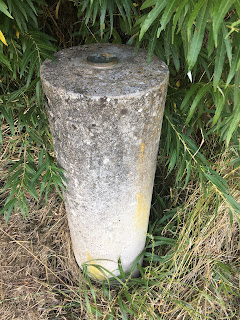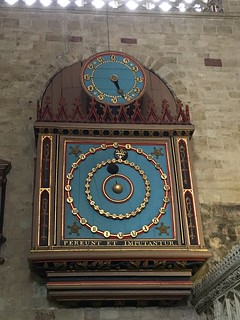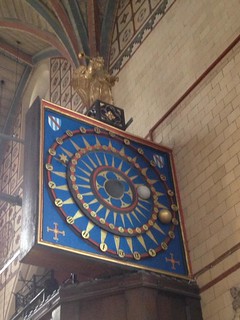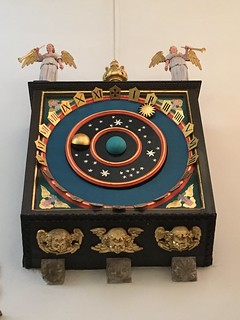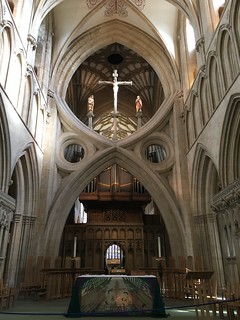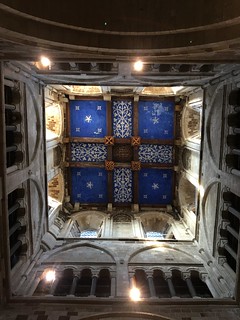Small land locked countries offer a lot of fun to run around and 'bag' geographical curiosities. Luxembourg has three tripoints. I visited the tripoint in the southeast, between Luxembourg, France and Germany, in January 2023 but it wasn't terribly exciting as it falls in the middle of the Mossel
https://ruthwandering.blogspot.com/2023/01/schengen.html.
The other two tripoints are in the southwest (Lux, France, Belgium) and northeast (Lux, Belgium, Germany). Added to this there is a nearby tripoint at the German, Dutch, Belgium border. It turned out this was the next one I found returning from a day trip to Aachen, Germany.
31 August 2024
The German, Dutch, Belgium border is a tourist attraction. The plus side of this means it's easy to find and beautifully marked, the downside is that it is covered in people. However I did manage to walk from Germany to The Netherlands and to Belgium in under a minute which was much fun.
Next up, and a 90 minute drive away, was the German, Belgium, Lux border. This was far less developed and therefore quiet. Just how I like my borders. It also happened to be in the middle of a small river. In the photo below, I'm standing in Belgium with Luxembourg to the right (you can just about see the top of their concrete block) and Germany is across the stream. Or, seen from the German side, Luxembourg is across the river on the left and Belgium on the right.
To complete the Luxembourg tripoint trio I went to Rodange, in the southwest of Luxembourg, to find the French, Belgium, Luxembourgish border. This wasn't straightforward as the tripoint is on a watercourse behind an industrial estate and bordered by flyovers. What an inconvenient place to put a border ;-)
What I liked about this border is that only Luxembourg had made any ra-ra about it. And they have even put their pillar on the Belgium side. So behind me, across the stream, is Luxembourg, to my right, across a leat, is France and I'm in Belgium.

























